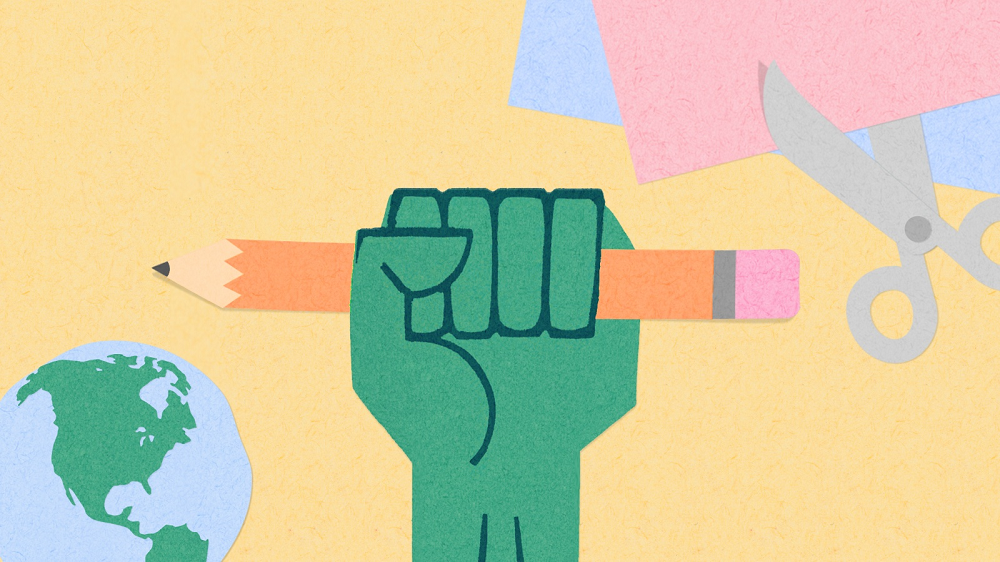Introduction to Special Education
Special education plays a crucial role in providing tailored support and resources to students with unique learning needs. Over the past few decades, there has been a growing recognition of the importance of special education, particularly over a two-year timeframe. This extended period allows educators to implement comprehensive programs that empower students for lifelong success. In this article, I will explore the significance of special education over two years, the statistics on special education outcomes, and the benefits of a two-year special education program.
The Importance of Special Education Over Two Years
Special education is not a one-size-fits-all approach. Many students require additional time and support to overcome learning challenges and reach their full potential. By extending the duration of special education programs to two years, educators can provide a more comprehensive and holistic learning experience. This extended timeframe allows for a deeper understanding of each student’s individual needs, strengths, and weaknesses. It also provides ample opportunity for educators to tailor instruction and interventions to maximize student growth and development.
Statistics on Special Education Outcomes
Research has consistently shown that students who receive special education services over an extended period experience improved outcomes compared to those in shorter programs. According to a study conducted by the National Center for Education Statistics, students who participated in a two-year special education program demonstrated higher academic achievement, increased social and emotional development, and better post-school transition outcomes. These statistics highlight the positive impact of longer-term special education on students’ overall success and well-being.

The Benefits of a Two-Year Special Education Program
A two-year special education program offers numerous benefits that contribute to students’ long-term success. Firstly, it allows for a more comprehensive assessment of students’ individual needs, enabling educators to develop targeted strategies and interventions. This personalized approach ensures that students receive the support and accommodations necessary for their specific learning profiles. Additionally, a longer duration allows educators to establish strong relationships with students, fostering trust, and creating a conducive learning environment. The continuity provided by a two-year program promotes consistency, stability, and a sense of belonging for students, which are crucial factors in their educational journey.
Components of a Comprehensive Special Education Program
A comprehensive special education program comprises various components that collectively empower students and support their holistic development. Firstly, it involves the creation of Individualized Education Plans (IEPs) for each student. An IEP outlines the student’s unique needs, goals, and strategies to ensure their educational success. It serves as a roadmap for educators, guiding them in implementing tailored instruction and accommodations. Regular assessment and progress monitoring are also integral components of a comprehensive program. Ongoing evaluation allows educators to gauge students’ progress, identify areas of improvement, and make necessary adjustments to their educational plans.
Individualized Education Plans (IEPs) in Special Education
Individualized Education Plans (IEPs) are essential tools in special education that facilitate personalized instruction and support. These plans outline specific goals, accommodations, and services that are designed to meet the unique needs of each student. By tailoring instruction to individual students, IEPs ensure that they receive the necessary resources and support to overcome challenges and thrive academically and socially. Collaborative involvement from teachers, parents, and other professionals is crucial in developing and implementing effective IEPs. Regular review and updates to the IEPs help ensure that students’ educational plans remain relevant and responsive to their changing needs.
Strategies for Empowering Students in Special Education
Empowering students in special education involves implementing strategies that nurture their strengths, build their self-confidence, and foster independence. One effective strategy is providing differentiated instruction that caters to individual learning styles and preferences. This approach ensures that students receive instruction in a manner that is most conducive to their learning needs. Additionally, fostering a positive and inclusive classroom environment promotes self-advocacy and self-esteem among students. Educators can also implement assistive technology and adaptive tools to enhance students’ access to the curriculum and support their learning. By incorporating these strategies, students in special education can develop the necessary skills and mindset to navigate their educational journey with confidence.
Collaboration and Communication in Two-Year Special Education Programs
Collaboration and effective communication are essential elements of a successful two-year special education program. Educators, parents, and other professionals must work together to ensure that students receive comprehensive and coordinated support. Regular communication channels, such as parent-teacher conferences and team meetings, facilitate the sharing of information, progress updates, and the development of strategies to address individual student needs. Collaboration among professionals, such as special education teachers, general education teachers, and related service providers, allows for a multidisciplinary approach that addresses students’ diverse needs comprehensively.
Support Services for Students in Two-Year Special Education Programs
In addition to tailored instruction, two-year special education programs often provide a range of support services to enhance students’ overall well-being. These services may include counseling, occupational therapy, speech and language therapy, and social skills training. By addressing students’ social-emotional and behavioral needs, these support services contribute to their overall growth and success. They foster the development of essential life skills, such as self-regulation, communication, and problem-solving, which are crucial for students to navigate various aspects of their lives beyond the classroom.
Success Stories and Testimonials from Two-Year Special Education Programs
The impact of two-year special education programs can be seen through numerous success stories and testimonials from students, parents, and educators. These stories highlight the transformative effect of extended special education on students’ lives. For example, a student who struggled with reading comprehension may make significant progress and develop a love for literature. Another student may overcome social anxiety and build strong friendships within the supportive environment of a two-year program. These success stories serve as a testament to the lasting impact that special education can have on students’ academic, social, and emotional well-being.


